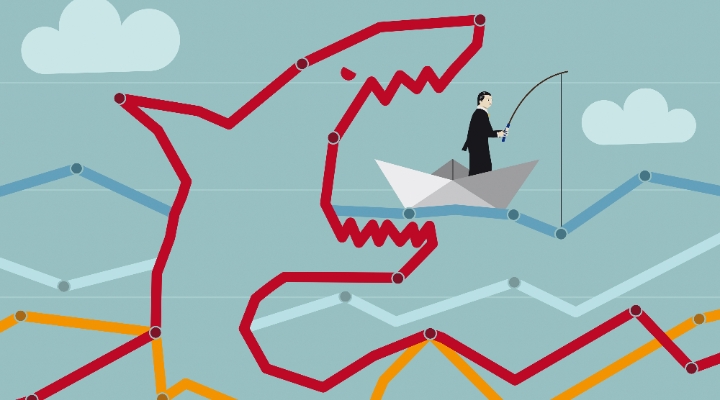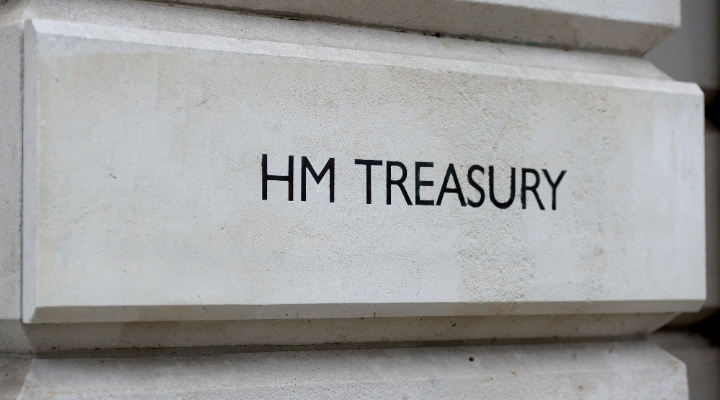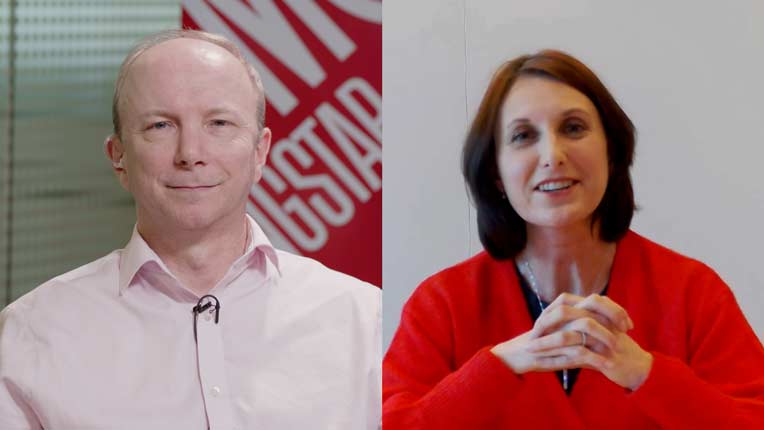
If you speak to fixed income investors, you’ll notice their renewed excitement for bonds.
As equity valuations increasingly appear out of touch with economies on the brink of recession, and with high yields pushing down bond prices, fixed income looks like an attractive place to be.
But even then, bonds still don't sound that exciting. As Paul Skinner, fixed income investment director at Wellington, puts it: "as fixed income investors, our role is to serve as an anchor to the windward: to provide stability, predictable income and to preserve capital."
This is a promise that went sideways last year. Both stock markets and bond markets slid in reaction to the war in Ukraine – hardly fulfilling the role Skinner describes.
But currently, higher yields and increasingly attractive valuations mean fund managers and investment specialists believe there are plenty of strong opportunities within the asset class.
Edward Harrold, fixed income investment director at Capital Group believes now is a time for investors to rethink fixed income, especially as many are reluctant to be fully invested – but high inflation requires high income solutions.
"This type of recessionary environment is when fixed income should come through and really shine, providing a much healthier total return than cash assets," he says.
He highlights investment-grade corporate bonds issued by resilient and defensive companies that would expect to weather different economic periods – in emerging markets and local curencies in particular. Those, he says, can pay a decent income.
In terms of resilience, bonds from companies in pharma, utility, and banking sectors are looking attractive in terms of both yields and valuations. Plus, they should fare well regardless of the economic environment.
In terms of emerging markets bonds, he mentions local currency and Latin America, an area of the world that has acted quickly to tame inflation with aggressive rate hikes.
Never Risk-Free
The fact categories that are usually used to shore up assets and reduce risk are looking attractive is certainly a bonus, but, as we know, no investment is without risk.
Fixed income investors are also facing some risks that differentiate themselves from equities. Interest rate risk is one (with higher rates, prices fall) and inflation is another (if the returns don’t keep up, then purchasing power is diminished over time).
Skinner says several factors could cause loss of capital: a sudden increase in defaults, the collapse of asset price, or liquidity shortages.
In the case of high-yield bonds, there’s an even higher risk of defaults, and the issuer not being able to pay what they promised – principal or interest. The returns on a bond are limited to coupons plus principal repayment, but the downside can be 100%, as Rhys Davies, fixed income fund manager at Invesco Bond Income Plus trust, says.
"While we think there are attractive yields available, it’s crucial to avoid defaults. In an environment like today, with signs of weaker economic growth and higher interest rates for corporate borrowers, there could be a rise in the level of default."
Both Davies and Skinner agree on one thing: this is where active management comes in to mitigate capital losses. Davies says: "we think it’s important to be an active investor in the high-yield market, with the research resources and experience to pick the right bonds."
Skinner adds that the risk of central bank policy error and geopolitical factors are currently underappreciated. Central banks are too focused on finding the balance between growth and inflation, forgetting about financial stability, he says.
In the US, there is a risk the Fed has now over-tightened monetary policy, potentially causing volatility and downside for risk market, (see the collapse of regional US banks). In Japan, the central bank’s efforts to keep yields and policy loose could lead to an "enormous unwinding of policy," he says.
Plus, fragmentation and deglobalisation have intensified geopolitical risk.
"Conflict in Europe is a reminder of the fragility of global economic interdependence. Further escalation in this conflict – or further actions on the geopolitical stage by players such as China – could spark increased volatility in financial markets."
Fixed Income is Still a Go
These risks do not mean, however, that bonds should be discredited – in fact, even the high-yield bond market can be a very attractive asset class for both income and total return.
Davies points out the European high yield market is now offering a yield to maturity in the region of 8%, and, in the primary market, new bonds are being issued with some of the highest coupons in many years – an "attractive starting point for investors and a good cushion against price volatility."
Plus, in the secondary market, interest rate rises mean many bonds are trading below par, meaning investors can benefit from capital return as prices move back to par at maturity.
"The average price in the ICE BofA European Currency High Yield Index is 88," the Invesco manager continues.
"Some bonds are trading well below this level. For active investors like us, these can be excellent opportunities. If you do your credit homework, we think you can access really attractive levels of income and capital upside."
Harrold adds we are currently in a "Goldilocks environment" – spreads for investment grade, corporate bonds and high yield corporate bonds are quite narrow relative to history.
"[These bonds] are kind of dull, if you like, but I think that in this period of time it’s quite valuable to build them in as a foundation of your overall portfolio, and help to offset some of the uncertainty that you see more on the equity side."








:quality(80)/cloudfront-us-east-1.images.arcpublishing.com/morningstar/Q7DQFQYMEZD7HIR6KC5R42XEDI.png)



















